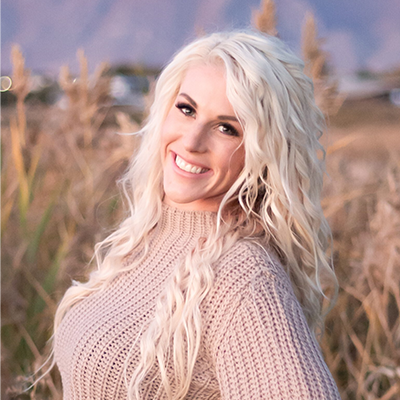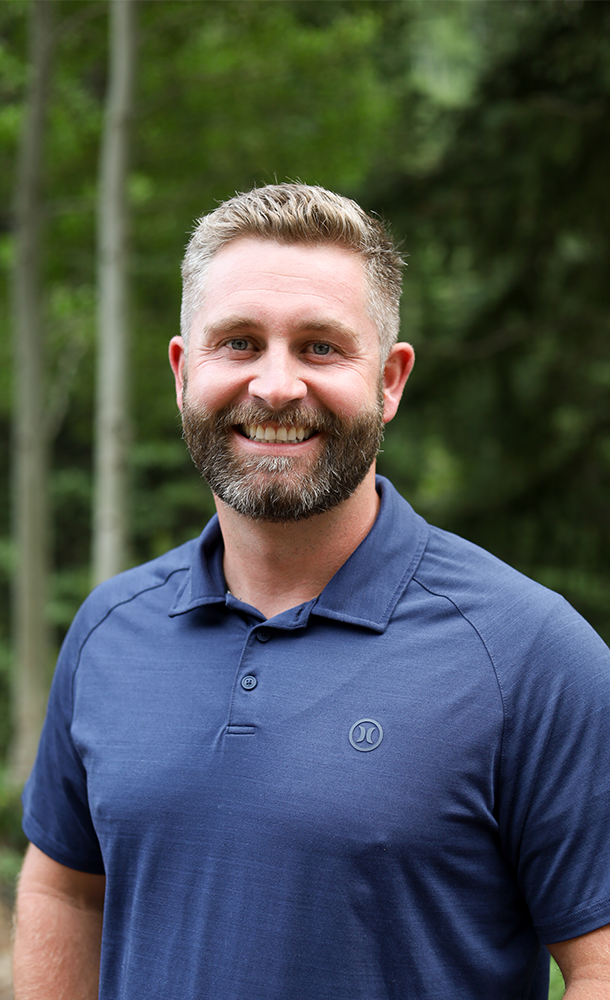If you’re looking for a free and simple tool to help you with rangeland management, then it’s time to bookmark the Range Analysis Platform (RAP) app on your computer and start exploring! Built by the University of Montana in partnership with the USDA, NRCS, and U.S. Department of Interior (DOI), the RAP is a compilation of field data, satellite imagery, and cloud-based computing that shows trends in rangeland resources at a variety of levels and scales. Click here to check out the app.

What the Rangeland Analysis Platform Helps You Find
With satellite imagery collected from 1986 to present, the RAP is a tool used by landowners, resource managers, conservationists, and scientists to make decisions about land management. Here are just a few helpful statistics you can discover when you use it:
- Long-term averages for annual and perennial forage growth
- Rainfall data
- Percentage of herbaceous cover and tree cover
- Percentage of bare ground
- Year-to-date and historical 16-day biomass trends

Some Rangeland Analysis Platform Examples
To start looking up information on the RAP, you can outline your rangeland manually or upload shapefiles of areas if you have them saved. Below is an example of outlined ground in Yellowstone National Park. In the Cover tab, you’ll see there’s a bar chart showing cover percentages for annual, perennial, shrub, tree, and bare ground across a 30-year timespan. The chart also gives a measure of annual precipitation for that same timespan.

In the Annual biomass tab shown below, you can see the total growth of three different types of vegetation across a range of years for the outlined Yellowstone National Park ground. It’s worth noting in this case that the significant increase in annual biomass over time is most likely the result of lower elk numbers after reintroduction of the wolf to Yellowstone in 1995.
To put things at a ranch-level perspective, this example data set signifies a way you can see how your range management planning has affected forage growth in a given area.

Clicking on the 16-day biomass tab gives you a perspective on forage growth in specific time periods, and the chart below is an example of a partial year. You can use this kind of information to help you look at typical forage growth trends and then use the data to drive decision making.
Note: The RAP has a slight lag in data collection timing so it’s important to take that into consideration as you make decisions about your rangeland.

Another great feature of the RAP is that you can export information into Excel and run numbers-based analysis. In the example below, you’ll see detailed data about the percentage of each coverage type across a range of years.

Adding PRF Insurance to Your Range Management Plan Toolbox
Data retrieved from the RAP is helpful when you’re making decisions about how to graze your livestock. You may also want to add Pasture, Rangeland, and Forage (PRF) insurance as a buffer to protect your operation from potential losses on pasture and rangeland due to lack of rainfall. With a PRF policy, you receive indemnity payments when rainfall goes below the 70-year average for your area, and you can use payments to purchase additional forage, help with cash flow, or increase your savings.
Conclusion
This year, try using the RAP to learn more about your rangeland! It’s easy to use, free, and full of useful data. Just go to the app and locate your rangeland area to get started. The app also has a Support section where you can find articles, news, and information on the tool to assist you as you make searches. If you’d like help getting started or you want to know more about PRF insurance, please fill out Redd Summit Advisor’s online form or call us at 1-800-825-2355 to speak with our in-house risk management expert.





.webp)




